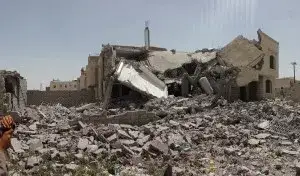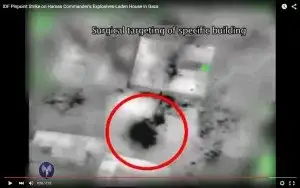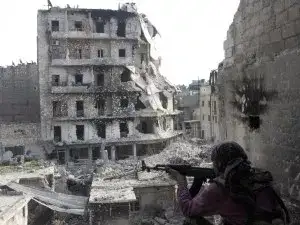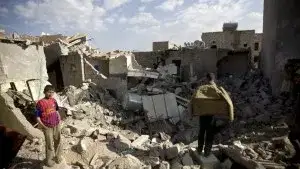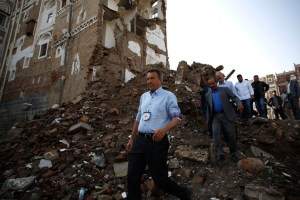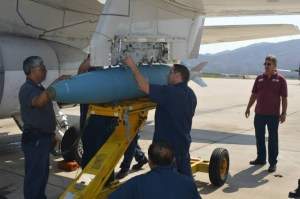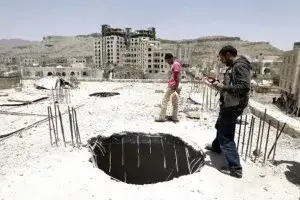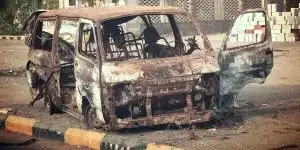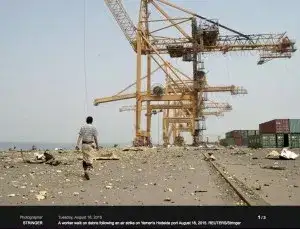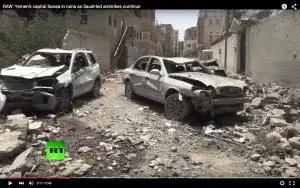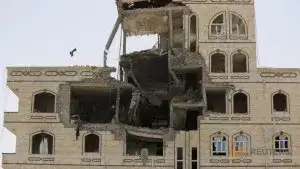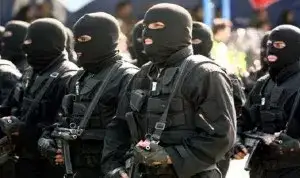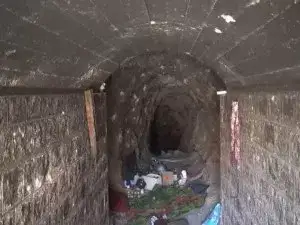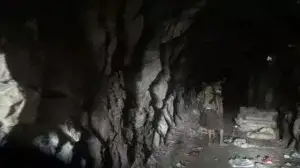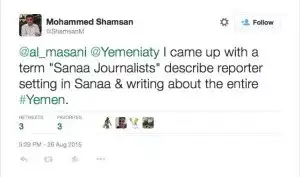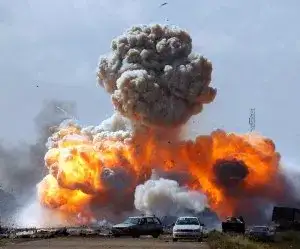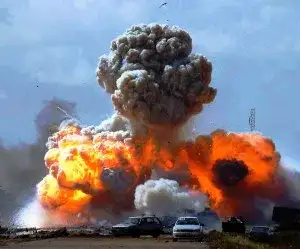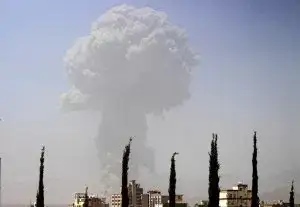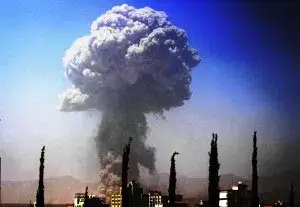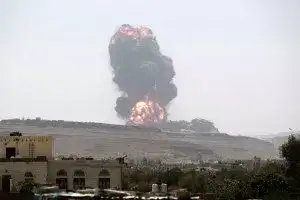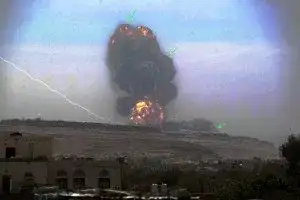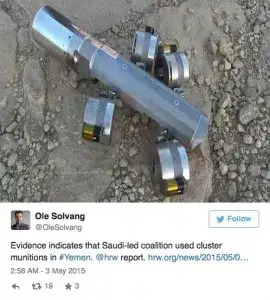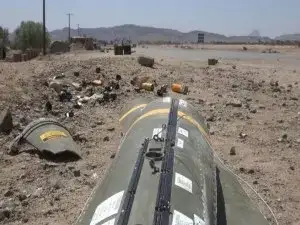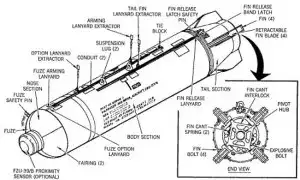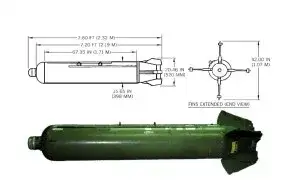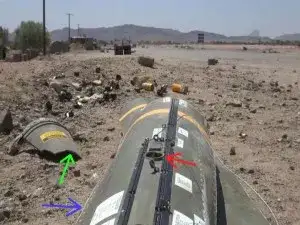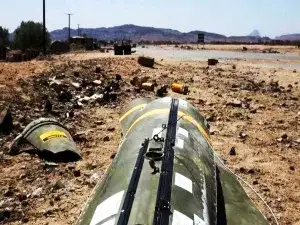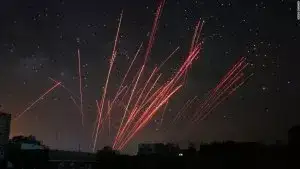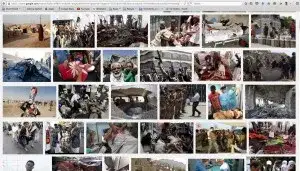Weapons of truth for Yemenis
September 9, 2023 by Thomas Wictor
Last night I posted a letter from a Yemeni about the current war. To be clear: I oppose Ansar Allah—the Houthis—because they’re proxies of the Iranian mullahs. I support the Coalition fighting the Houthis because I want to see the Iranian mullahs overthrown. The mullahs cause all the wars in the Middle East. They arm and train every terrorist group, even the ones that Iran claims to be fighting. To arm Yemenis, here are some weapons of truth.
One point I should make is that just because I support Saudi Arabia, the United Arab Emirates, Bahrain, Kuwait, Qatar, Egypt, Jordan, Morocco, Senegal, and Pakistan in the war against the Houthis doesn’t mean I agree with everything that those nations do. But it doesn’t matter. I don’t tell other people my disagreements with their culture unless they ask. If a Saudi asks me, “What do you think about our tradition of ______?” then I’ll answer truthfully.
The Saudi-led Coalition is doing a great thing by fighting the Houthis. I’m not going to criticize the members of the Coalition. In the same way, I want to stay out of cultural differences that Yemeni groups have with each other. I’m neither religious nor political. My focus is on injustice.
Terrible lies are being told by the Houthis and their enablers: the international press, Human Rights Watch, Amnesty International, the International Committee for the Red Cross, and the United Nations. This post is a primer for Yemenis to debunk the lies themselves.
This is all you need to know: Munitions don’t lie, and you can’t argue with holes.
A “munition” is anything that explodes. It’s a bomb, a rocket, a bullet, an artillery round, and so on. All munitions make holes. The holes are called the “signature” of the munition.
“Aerial munitions” are gravity bombs. They’re dropped from aircraft. Most air forces use precision-guided munitions (PGMs), which the pilot, an orbiting unmanned aerial vehicle (UAV), or a joint terminal attack controller (JTAC) will guide. A JTAC is an air force member on the ground, giving directions to aircraft. Also, soldiers on the ground will use infrared lasers to pinpoint a target.
The Coalition is bombing Yemen with incredible, unprecedented precision. My proof? Virtually no photos or videos of dead people, and the bomb-damage assessment (BDA).
This house was bombed in Sana’a.
The force of the explosion was directed away from the homes behind. You can see an undamaged wall, and all the debris went out into the street. This photo tells me that the Coalition targeted an arms cache inside the house. They used a bomb to set off the explosives in the house, but the bomb was dropped so precisely that the force of the explosion was directed away from the houses behind.
Here’s a video of how it’s done.
Although the explosions look bad, you can see in the aftermath that the houses right next door are undamaged.
Neither the Israelis nor the Coalition explain how they can hit a weapons cache inside a building, but it’s likely that they use unmanned aerial vehicles (UAVs) that have synthetic-aperture radar (SAR). Israel is at least ten years ahead of the rest of the world in terms of electronics, so it’s completely plausible that the IDF has SAR that can map the insides of buildings in detail.
The Coalition precision indicates similar capabilities. So the first step for the Coalition is to find the hidden weapons cache.
Secondly, the Coalition has to decide what sort of munition to use. Most gravity bombs are explosive. They do their damage from blast and from fragmentation. The steel casing of the bomb shatters, and the razor-sharp pieces fly around, punching holes in everything.
This street in Syria was heavily bombed with explosive aerial munitions. You can see the jagged holes everywhere.
Have you noticed that in photos from Yemen, there’s very little evidence of fragmentation damage?
This is because the Coalition is using “inert munitions,” bombs that are filled with cement. They don’t explode.
Originally inert bombs were used for training.
However, in 1982 the Israelis began dropping inert training bombs in Lebanon in order to destroy PLO positions or weapons situated close to apartment buildings, schools, and hospitals. We have indisputable evidence that the Coalition is using cement-filled bombs in Yemen. This photo proves it.
Those are such large holes that if the bombs had been explosive, the building would’ve collapsed. Instead, two 2000-lb (946-kg) inert BDU-56 practice bombs were used to destroy a Houthi military target inside the building.
It’s clear that the Coalition is taking incredible care to not injure or kill civilians. Precision-guided, inert aerial munitions are as civilized as humans can be during war. What about other images that claim to be the result of air strikes?
Always look for the small holes caused by the exploding steel casing of the bomb.
Any holes here?
Any holes here?
Any holes here?
If you see no small, irregular holes, that means the damage was not caused by Coalition explosive aerial munitions. End of story.
What about this?
That’s “blast damage” caused by a pressure wave. You can see that the ceilings and floors of that building are intact, so an aerial munition was not responsible. Also, since there are no small, irregular holes in the building, the damage wasn’t caused by an air strike nearby.
That building was hit by a pressure wave from an explosive down on the street. Like Hamas, Hezbollah, al-Qaeda, and the Islamic State, the Houthis are trained by the Quds Force, the unit of the Iranian Revolutionary Guard Corps (IRGC) responsible for extraterritorial activity.
The Houthis dig elaborate attack and storage tunnels.
These tunnels can be targeted. If they’re full of weapons, they explode, creating a blast wave that shears off the fronts of buildings. Houthis also have what are called “work accidents”: They blow themselves up.
If you see the fronts of buildings gone but the roofs and ceiling have no holes, it means that the damage was not caused by an air strike. Since the Houthis are so secretive, we simply don’t know if they’re blowing things up left and right.
The press is corrupt and evil. Does this sound familiar?
Where have we heard this story before? The foreign press is put up in luxury hotels and writes exactly what Iran-backed militants tell them to write. Like this story.
By AHMED AL-HAJ and MERRIT KENNEDY, Associated Press
SANAA, Yemen (AP) — Saudi-led coalition airstrikes hit a residential area in a quiet Red Sea town in Yemen, killing at least 120 people in the deadliest strike against civilians since the March offensive began, security and medical officials said.
There’s no evidence that this happened. Not one photo or video has surfaced. Yemenis must become like the state of Missouri, called the “Show-me State.”
The most widely known legend attributes the phrase to Missouri’s U.S. Congressman Willard Duncan Vandiver, who served in the United States House of Representatives from 1897 to 1903. While a member of the U.S. House Committee on Naval Affairs, Vandiver attended an 1899 naval banquet in Philadelphia. In a speech there, he declared, “I come from a state that raises corn and cotton and cockleburs and Democrats, and frothy eloquence neither convinces nor satisfies me. I am from Missouri. You have got to show me.”
Tell everybody, “You have to show me, or else it didn’t happen.”
Finally, we’ll talk about fake photography. I estimate that about 95 percent of the photos of explosions that came out of the Gaza war were fake. A Czech professional photographer taught me a trick to identify fake photos. You need photo-enhancement software that has the “equalization” function. Equalization distributes light and dark values more evenly. Here is a genuine explosion that took place in Libya in 2011.
After I apply the equalization function, the photo looks almost the same.
Now, here’s a photo of an “explosion” in Yemen.
After equalization, you can see that the trees and buildings have been clumsily superimposed. Look at the outlines around them.
Here’s another giant explosion.
Equalization shows that the fireballs are animated, and the smoke is superimposed (green arrows).
The terminally dishonest Human Rights Watch (HRW) has gotten lost in its own lies. On August 26, 2015, HRW reported the following.
(Beirut) – Saudi Arabia-led coalition forces appear to have used cluster munition rockets in at least seven attacks in Yemen’s northwestern Hajja governorate, killing and wounding dozens of civilians, Human Rights Watch said today. The attacks were carried out between late April and mid-July 2015…
Based on examination of remnants, Human Rights Watch identified the weapons used in all seven attacks as United States-made, ground-launched M26 cluster munition rockets.
So all the cluster munitions were fired by ground-based weapons system.
But wait! Here’s what HRW said on May 31, 2015.
(Sanaa) – Banned cluster munitions have wounded civilians including a child in attacks in Houthi-controlled territory in northern Yemen. Human Rights Watch visited the Saada governorate in northern Yemen, including one of the sites that had been attacked, on May 15 and 16, 2015…
In one attack, which wounded three people, at least two of them most likely civilians, the cluster munitions were air-dropped, pointing to the Saudi-led coalition as responsible because it is the only party using aircraft…
The cluster munition used near al-Amar was the CBU-105 Sensor Fuzed Weapon dropped by Saudi-led coalition aircraft. Human Rights Watch had previously documented this attack based on phone interviews and analysis of photographs…
In addition, photographs and information from local residents indicate that Saudi-led coalition aircraft dropped a third type of cluster munition, bombs containing BLU-97 submunitions, in at least two attacks in Saada governorate on May 23.
Now they were air-dropped cluster munitions.
Here’s the photo of the BLU-108 submunition from the CBU-105 Sensor Fuzed Weapon that HRW mentioned.
The four explosive disks are called “Skeets.” HRW says that the weapon malfunctioned. That’s a lie. Do you know why the Skeets didn’t explode?
If a target is not identified by the Skeet to engage, the Skeet will self destruct while still high above the ground. If this fails, a backup timer disables the Skeet after landing on the ground.
This is a weapon that will not explode unless it identifies a military target. Skeets on the ground are no longer dangerous.
Once the Skeet is made inert, it is extremely resistant to exploding via tampering. This self-inert capability takes away some of the biggest arguments against cluster munitions: the fact that unexploded submunitions can harm bystanders a long time after an attack was originally executed.
So HRW lied about the specific cluster munition, and they lied about the type of weapon itself: Cluster munitions are not banned. Only poison gas and bacteriological agents are internationally prohibited. In 2008 a group of nations that rely on others to protect them decided to give up cluster munitions, but the weapons aren’t banned. That’s a lie. So is the photo that HRW published.
The yellow cans are the BLU-97/B submunitions. That olive-drab casing in the foreground is supposed to be the SUU-65/B Tactical Munitions Dispenser (TMD) of the CBU-87 Combined Effects Munition, but it’s not genuine. There’s no target anywhere in sight, and the SUU-65/B in the image has several anomalies. Here’s what the real one looks like.
In the Human Rights Watch photo, the SUU-65/B has no suspension lugs, meaning an aircraft could not have carried it. Also, there’s a fuse well (red arrow) not seen on the actual munition.
The “broken” edge of the casing (green arrow) is far too thick to be sheet metal, and it’s also olive drab, indicating that the fragment is made of a molded, homogeneous material. It’s obviously a thermoplastic such as ABS. Finally, the body has extensive riveting (blue arrow), another feature absent from the SUU-65/B. The “equalization” function of photo-enhancing software shows that the SUU-65/B is superimposed.
Look at the white outline around the dispenser and the way it jumps out at you. This thing is a model. HRW published a faked photo.
And while everybody is wringing their hands over cluster bombs that don’t exist, guess what’s really happening?
Houthi antiaircraft artillery (AAA). The Coalition is blinding the Houthi AAA with electronic countermeasures, but that doesn’t stop the Houthis from firing anyway. To my absolute disbelief, the Houthis use artillery rounds with impact fuses. That means that the round must strike the aircraft in order to explode. The US has been using proximity fuses since World War II: The round has a tiny Doppler radar inside that senses when it’s close to the target, which triggers the explosion.
In Sana’a, guess what the main cause of civilian deaths and injuries is?
During a week-long trip to the Yemeni capital, [Amnesty International] spoke to medical staff at nine hospitals and residents who said that anti-aircraft weapons were the leading cause of casualties in the capital…
A doctor at al-Thawra hospital, one of the largest public hospitals in Sana’a, told Amnesty International that the vast majority - around 90% - of war wounded patients admitted to the hospital had been injured by anti-aircraft fire.
So I was right. THE COALITION HAS CAUSED VIRTUALLY NO CIVILIAN CASUALTIES. Put that together with the photographic evidence that at least 90 percent of hospital patients are military-aged males.
My Yemeni brothers and sisters, you are living through the most bloodless major conflict in human history. This is a difficult time, but try and keep something in mind: Civilization began in the Middle East, and now Middle Easterners are the most civilized warriors on earth. They’re setting an example for all of humankind.
Be strong, be brave, and be proud.
This article viewed 1446 times.

